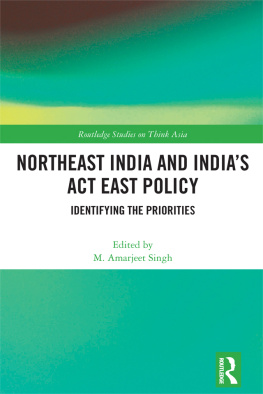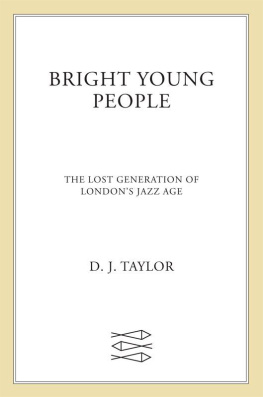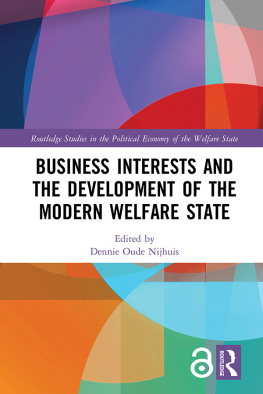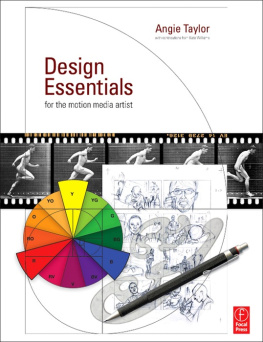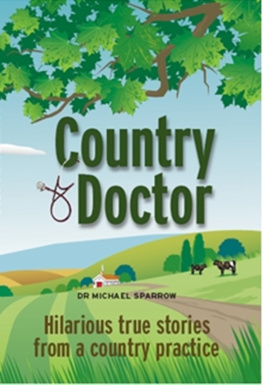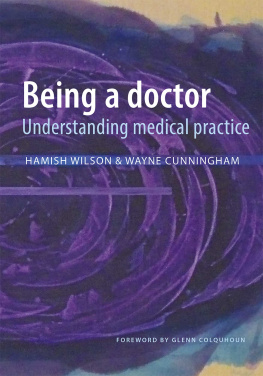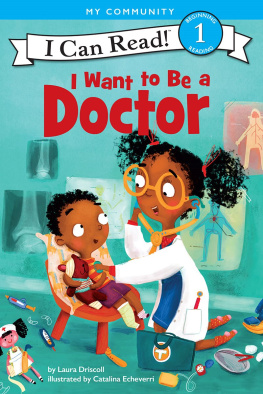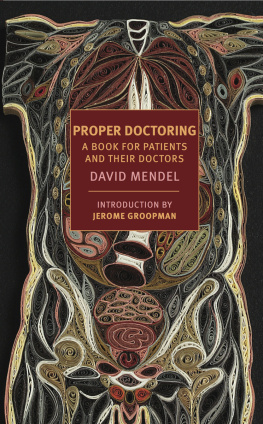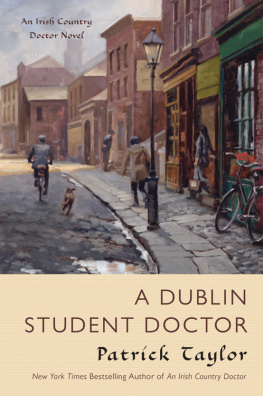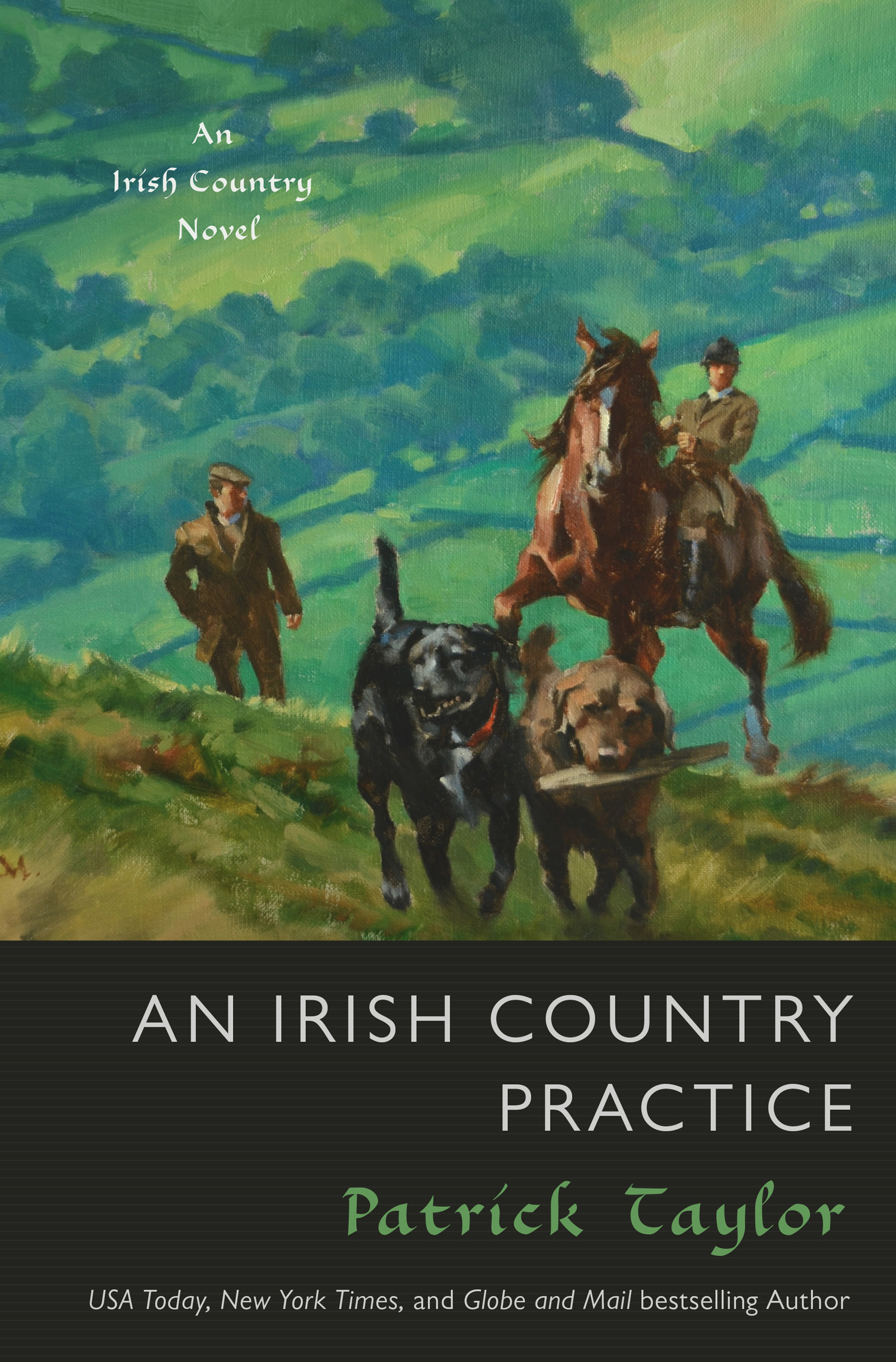Contents
Guide
Pagebreaks of the print version

The author and publisher have provided this e-book to you without Digital Rights Management software (DRM) applied so that you can enjoy reading it on your personal devices. This e-book is for your personal use only. You may not print or post this e-book, or make this e-book publicly available in any way. You may not copy, reproduce, or upload this e-book, other than to read it on one of your personal devices.
Copyright infringement is against the law. If you believe the copy of this e-book you are reading infringes on the authors copyright, please notify the publisher at: us.macmillanusa.com/piracy.
To Carolyn Bateman to celebrate twenty years of publishing together, with my heartfelt thanks and admiration
I would like to thank a large number of people, some of whom have worked with me from the beginning and without whose unstinting help and encouragement I could not have written this series. They are:
In North America
Simon Hally, Carolyn Bateman, Tom Doherty, Paul Stevens, Kristin Sevick, Irene Gallo, Gregory Manchess, Patty Garcia, Alexis Saarela, and Chistina MacDonald, all of whom have contributed enormously to the literary and technical aspects of bringing the work from rough draft to bookshelf.
Natalia Aponte and Victoria Lea, my literary agents.
Don Kalancha, Joe Maier, and Michael Tadman, who keep me right in contractual matters.
In the United Kingdom and Ireland
Jessica and Rosie Buchman, my foreign rights agents.
The librarians of the Royal College of Physicians of Ireland, the Royal College of Surgeons in Ireland, and The Rotunda Hospital and her staff.
For this work only
My friends and colleagues who contributed special expertise in the writing of this work are highlighted in the authors note.
To you all, Doctor Fingal Flahertie OReilly MB, DSC, and I tender our most heartfelt gratitude and thanks.
It doesnt seem like a year since I was adding an authors note to the final draft of book eleven, An Irish Country Love Story, but it is, almost to the day. And now its that time again because An Irish Country Practice is ready to go to the publisher and some explanation is required of events between these covers.
I wish to thank those who helped get my facts right, name the real people who play supporting roles, and finally pay tribute to a remarkable man, a classmate, who has allowed me to base one character on his young life.
The work opens with the televised running of the Grand National horse race in 1967. I have tried to reproduce some of the commentators words verbatim as taken from archival film.
In this novel, technical accuracy could not have been achieved without a great deal of help freely given.
On matters non-medical, I was greatly assisted by Sergeant Mike Bradshaw, late of the Royal Ulster Constabulary, who advised me on the correct arrest procedure by an officer of that force and about the workings of the magistrates court in Northern Ireland in the late 1960s.
Unfortunately, enquiries to the two Ulster law faculties were not answered, so if some of the other legal matters described here are inaccurate in any way, the fault is mine despite extensive perusal of the relevant acts of Parliament by my wife. Dorothy was a senior civil servant in the Northern Ireland legislative branch.
I must thank many in health care. Dana Doheny of that part of the Porphyria Consortium at the Icahn School of Medicine at Mount Sinai Hospital in New York City who put me in touch with Dr. Manisha Balwani, also at Mount Sinai, who explained the subtleties of that condition. Drs. Fred Alexander and Jimmy Sloan, contemporaries at Queens University Belfast, fine pathologists and friends, corrected my misconceptions about oat cell lung cancer. Dr. Tom Baskett, retired professor of obstetrics and gynaecology, a classmate and my friend of longest standing, along with his wife, Yvette, who had been a nursing sister at Belfasts Royal Victoria Hospital, reminded a failing memory about the physical layout of the wards of that institution.
For the purposes of the story, I have altered by three years the timing of the opening of the universitys Department of General Practice at Queens, but I have been aided in understanding its initial workings by Dr. Lewis Miller, a classmate and friend and one of the first graduates of that programme and later one of its faculty. More details were added by Professor Margaret Cupples, currently of the department. Thank you both and forgive me, Lewis, for stealing your name for a central actor in this work.
As an aside, there are a lot of characters in twelve novels. It helps me to remember them if I give them names of people I have known. I was at school with a Guffer, and a Dapper Frew, who you will meet on these pages. Nicknames were nearly universal back then. I was known as Spud, a moniker usually reserved for Murphys. Guffer and Dapper here are fictional, and with one exception that will be described later I do not use my friends in their entirety as characters. There is only one thing worse than using a friend in a noveland that is not using a friend. I think Oscar Wilde might have said that.
There are on these pages real people who did exist. Joe Togneri taught me how to sail. He was a remarkable man who bore his kyphoscoliosis (humped back) with courage and dignity. John Crossl of Holywood designed and built the famous Crossl Special Formula Ford racing car. The Duffy Family Circus is still in operation.
The following were senior consultants when I was a student. They are of course used fictionally, but they all taught me a very great deal. Dr. Teddy MacIlrath, radiology; Mister John Bingham, thoracic surgery; Dr. John Millar, neurology; John Henry Biggart, later Sir John, dean of the faculty. I did not know Professor George Irwin, the first head of the Department of General Practice, who was appointed after I had emigrated. The details of their distinguished careers can all be found in The Royal Victoria Hospital Belfast: A History 17971997 by Professor Richard Clark, who was also one of my seniors and who gives an anaesthetic in chapter 31.
The rest of the characters inhabiting these pages are figments of my imagination, except Dr. Connor Nelson. His real name is Colin Nelson but, to avoid confusion with Colin Brown, I changed the name. Colin Nelson and I were in the class that started in 1958 at Queens. He was a reserved young man, older than the rest of us, and with a pronounced limp, the result of childhood poliomyelitis. We graduated together in 1964. I specialised in gynaecology, he in ophthalmology. We both immigrated to Canada, but to different sides of the country and, apart from meeting at occasional class reunions in Belfast, I am sorry to say lost touch until last year when I discovered that, like me, he had retired from practice and was living a short drive and ferry ride from us.
He was immediately invited over, and while he was here he asked shyly if I would mind reading something he had written? The upshot was that I was privileged to be shown his autobiography, written for him and his family. I was humbled by his struggle to become a doctor. I have told his story in this work with his full permission and as a tribute to his courage.
And thats it. Dr. Fingal OReilly and I tender our most sincere gratitude to all who helped. I trust the real people will forgive us and hope Colin, as I hope you the reader, will enjoy these pages.



